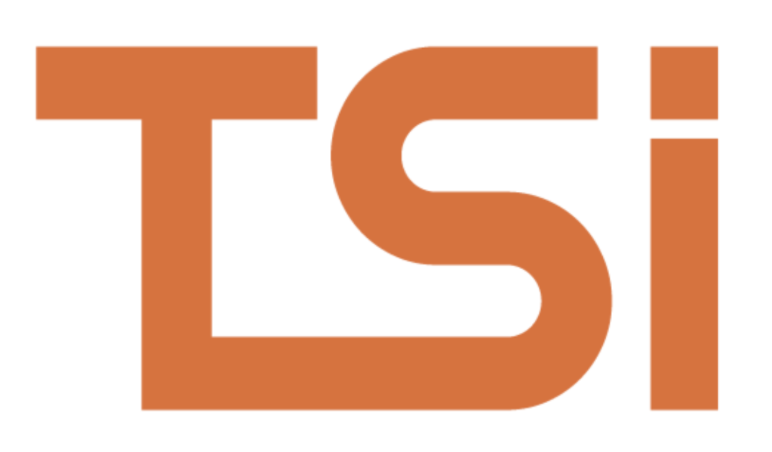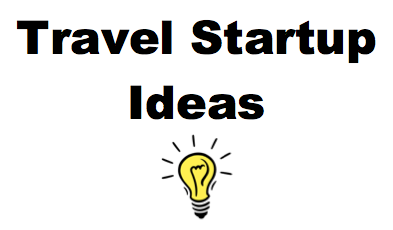In this post you’ll learn 5 techniques you can use to take your current or new travel startup idea and iterate the core components into a singular-use travel product.
I see a product trend in the consumer Internet space I call “singular-use,” products.
Popular startups including travel startups are being built around singular consumer, needs, wants, uses or utilities and the core use can be described in less than one sentence. Apps like Ulmon mobile city guides are leading the pack in singular-use.
Here are a few other examples.
Airbnb.com – rent your spare bedroom to travelers.
HotelTonight – hotel rooms for tonight only.
SnapChat – self-destructing digital pictures.
Vine – 6 second animated video.
I am continuing my analysis into why this trend is making waves.
Here is what I currently see.
First, as people we are acting and replying to one another quicker than ever before. Mobile devices and the Internet have sped up our communication process and our lifestyle.
The result of our fast pace lives is attention span and comprehension being compressed and shortened just to keep up.
We perform and adapt better to functions that are limited or take less time to complete an action. Thus apps and single-use products and services are becoming more and more popular. In theory single-use products and services help us deal with our busy and fast moving lifestyle more efficiently.
How do you create a single-use travel product or service that helps travelers?
I read a Wall Street Journal article, adapted from Drew Boyd and Jacob Goldenberg’s new book, Inside the Box: A proven System of Creativity for Breakthrough Results.
The premise of the book is based around the idea that people are more innovative when they focus on the internal aspects of a situation or problem and constrain their options vs. going outside the box. This is somewhat contrarian thinking.
Take a product, service or process and break it down into components. Using Boyd and Goldenberg’s 5 techniques below you manipulate the components to create new products and services.
What I found is that a few of the techniques work really well for coming up with singular-use travel product ideas.
Subtraction –Remove what you think are the essential elements of a traditional travel product or travel service.
HotelTonight is a perfect example of applying the subtraction technique.
Most travel companies that sell hotel rooms sell every night, Expedia and Hotels.com. The nightly hotel room is the essential element of the product. Subtract 364 nights in a year and only sell 1 night.
The singular-use in this case is the need to only stay tonight or 1 night.
I believe the subtraction technique works the best for creating singular-use travel products and services.
I heard of a travel startup that is building a product that helps Facebook friends travel to see one another. I think this is an interesting idea but the entrepreneur may have trouble getting traction because there is too much going on, flights, car rental, hotels, trying to sell a travel service like many of the competing OTA’s.
If traveling to see friends you’re most likely staying at your friends house and traveling by car, airplane or you’re meeting somewhere in between.
Using the subtraction technique and creating a singular-use the entrepreneur could create “Flights To Friends” or “Visit Friends,” an app with one click would show you airfare to your friend’s house for this weekend. You could build this fairly quickly using the Facebook API, bringing in an airfare comparison API like ClickTripz or partnering with an OTA’s affiliate program.
Task Unification –Bring together unrelated tasks or functions.
Airbnb.com is a good example of the task unification technique. Who would have ever thought that there was a billion dollar market for renting out your spare bedroom to strangers?
Travelers need places to sleep (the function). Homeowners receive income to help pay their mortgage (an unrelated task).
I am attending the Eye For Travel conference in Chicago in September and I am looking for a hotel. I searched at Airbnb.com just to see what was available and I found one condo near the conference that was $99 a night. The amazing thing is that the couple with the condo had 300 reviews. In my estimation this couple has done close to 500 bookings or $50,000 in sales.
Multiplication –Copy a component and then alter it.
SnapChat was created using the multiplication technique. Taking a digital picture with a camera has been around forever. Alter the picture by making it self-destruct.
The multiplication technique is the easiest way to create new singular-use travel products and services.
Division – Separate the components of a product or service and then re-arrange them.
The low cost airlines are a good example of using the division technique to create new products and services. I am thinking about traveling with Spirit airlines on an upcoming trip. Right now the airfare is $249 round trip from Orlando to Chicago. If I bring bags they are $25 for carry-on and $50 for underneath the plane. Spirit airlines separated the components of what was normally part of the traditional air service to create new revenue generating services.
Component Dependency – Make the components or a variable of a product change in response to the changes in another component or variable in the surrounding environment.
Groupon and Living Social and the group buying insanity that swept through like a wave in the last few years is a good example of the component dependency technique.
When 10 people buy the deals is on. This technique generally revolves around pricing schemes.
Is singular-use a trend?
Why are consumers gravitating towards singular-use products?
What do you think?
Sources:
The Wall Street Journal, Think Inside The Box.
Think Inside The Box is a great book that will help you create the next big travel startup.

